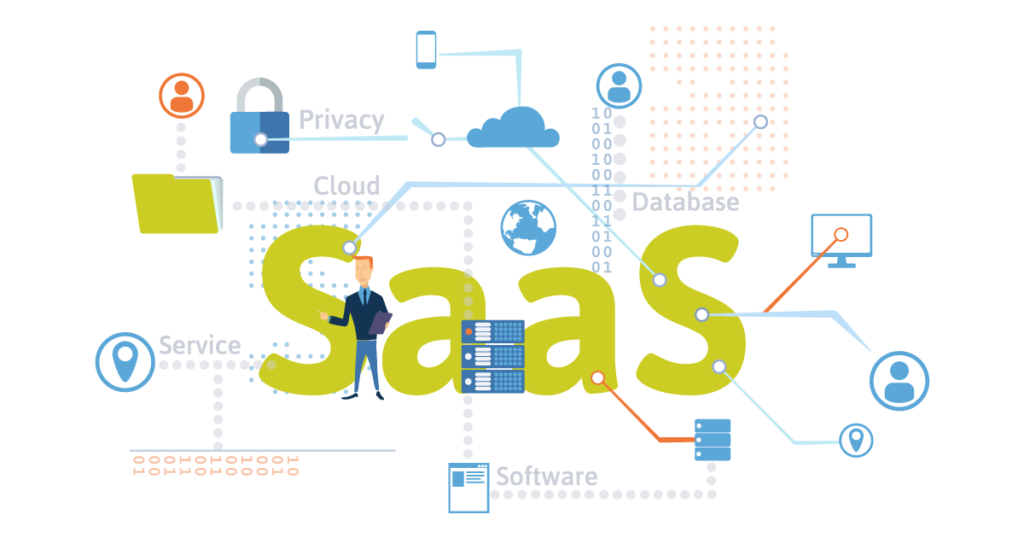Cloud SaaS (Software as a Service) is a cloud computing model where software applications are delivered over the internet on a subscription basis. Instead of installing and maintaining software on individual devices, users access it via a web browser—anytime, anywhere.
Popular examples of SaaS include Google Workspace, Microsoft 365, Salesforce, Zoom, and Dropbox. These tools are hosted, updated, and maintained by service providers, freeing users from infrastructure and maintenance concerns.
Key features of SaaS:
-
Accessibility: Use software from any device with an internet connection
-
Automatic updates: Providers manage patches and new features
-
Scalability: Easily add or remove users as needed
-
Subscription pricing: Pay monthly or annually, based on usage
Benefits of SaaS:
-
Lower upfront costs
-
Faster deployment
-
Minimal IT overhead
-
Enhanced collaboration and mobility
SaaS is ideal for businesses of all sizes looking for quick, reliable, and cost-effective solutions—especially in areas like productivity, CRM, accounting, and communication.
However, organizations must also consider data security, compliance, and vendor lock-in when adopting SaaS.
In today’s digital era, SaaS is a core driver of agility, innovation, and operational efficiency.




